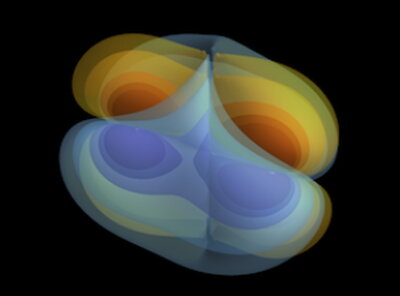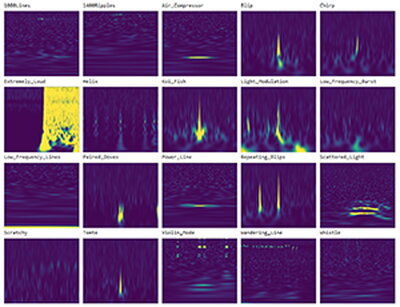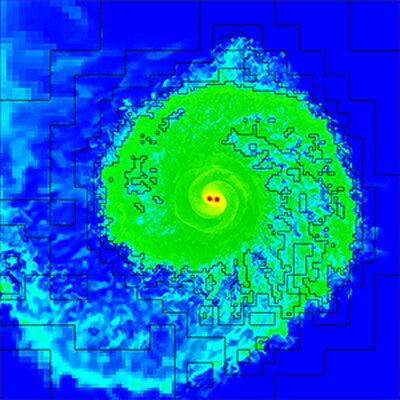
Computation and Data topics include computer simulations and utilization of Big Data from astronomical surveys to tackle today's largest astrophysical problems.
Research Highlights

Einstein Toolkit
We are developing and supporting open community software for relativistic astrophysics that takes advantage of emerging petascale computers and advanced cyberinfrastructure. The toolkit combines a core set of components needed to simulate astrophysical objects such as black holes, compact objects, and collapsing stars, as well as a full suite of analysis tools.
Links to research groups and facilities: Eliu Huerta, NCSA Gravity Group, Einstein Toolkit

Deep Learning
Deep Learning, i.e, machine learning, based on deep artificial neural networks, is one of the fastest growing fields of artificial intelligence (AI) research today. We are applying deep learning with artificial neural networks, in combination with HPC numerical relativity simulations, in a variety of multimessenger astrophysics applications. Our current focus is on signal processing for gravitational wave detectors (LIGO, VIRGO, NANOGrav), analyzing data from telescopes (DES, LSST), and modeling waveforms from gravitational wave sources using algorithms that learn from numerical relativity simulations. This allows for real-time detection and parameter estimation of gravitational wave signals in LIGO, for denoising LIGO data contaminated with non-Gaussian noise, and for classification and unsupervised clustering of glitches (anomalies) in the LIGO detectors. We are now also developing fast automated transient search algorithms based on deep learning using raw image data from telescopes (e.g., DES and LSST) to rapidly classify electromagnetic counterparts to gravitational wave events.
Links to research groups and facilities: Eliu Huerta, NCSA Gravity Group, LIGO, NanoGrav, XSEDE, Blue Waters

Adaptive mesh refinement
We participate in the development and use of adaptive mesh refinement (AMR) techniques for astrophysical hydrodynamics simulations in the FLASH and Nyx codes. FLASH is a widely used, freely available package employed for simulations ranging from core-collapse supernovae and high-energy laser experiments to galaxy cluster evolution and large-scale structure. Nyx is a publicly available cosmological simulation code originally developed for simulations of the Lyman alpha forest. Our current development efforts focus on new physics solvers for these codes and new sub-resolution modeling techniques to better incorporate physical effects due to unresolved scales.
Links to research groups and facilities: Paul Ricker, FLASH, Nyx, XSEDE , Blue Waters
Updated 1/6/2025
Faculty working in Computation and Data















